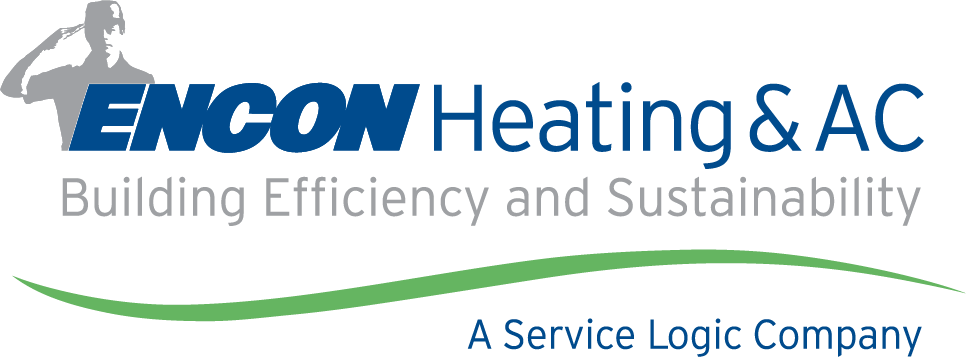Ways of Improving Air Quality
You may feel comfortable in your home or workspace against the cold during the colder season, but have you ever wondered what you have in the air in your room? Not treating stale indoor air properly can bolster the number of allergens, pathogens, mold spores and pet dander circulating in the climate of your house or office. Depending on the weather, it may be too hot or cold to fling open the windows to send away the musty air, so it’s of paramount importance to understand ways to mitigate respiratory and allergy triggers that silently lurk in your living space.
While it's probably impossible to get rid of all the allergens and pathogens inside your home or office, you can minimize the exposure by using some simple changes. In this article we will discuss some strategies you can adopt to enhance air quality inside your homes and offices and live a better life.
Source Control
In practice, the most effective aspects to improving indoor air quality is to target and eliminate individual sources of pollution or to arrest their emissions. Keeping it clean is key. A clean place is a hygienic and healthy space.
Sources such as those that contain asbestos should be sealed; other sources like gas stoves may be adjusted to decrease the extent of emissions. In most cases, source control is an even more cost-effective approach for protecting indoor air quality than ventilation since increasing ventilation can incur extra energy costs.
Improved Ventilation
Improved ventilation can however lead to lowering the concentrations of indoor air pollutants significantly in your living space. Ventilation further helps eliminate or dilute indoor airborne pollutants from indoor sources. This significantly reduces the level of contaminants and improves indoor air quality.
Most home / office HVAC systems cannot mechanically bring fresh air into the house. One option is to open doors and windows, when the weather permits to increase the outdoor ventilation rate. Bathroom or kitchen exhaust fans that exhaust outdoors also eliminate contaminants directly from the room while enhancing outdoor air ventilation rate. A more permanent solution is to add a mechanical system that brings outdoor air into the home through the HVAC appliances and through filters. Many of these designs use energy efficient heat recovery ventilators to suppress the cost of HVAC during the summer and winter.
It is quite important to take think about ventilation while you are engrossed in short-term work that can generate high-risk pollutants such as, paint stripping, painting, heating with kerosene heaters, cooking, or engaged in house maintenance or hobby activities such as welding, soldering, or sanding. If the weather permits, many of these above-mentioned activities can be performed out-doors which is recommended as well since this will eliminate the source of pollutants.
Air Cleaners and Humidifiers
There are various models of air cleaners and humidifiers on the market, ranging from relatively cost-effective table-top models to high-end and expensive whole-house / office systems. Some air cleaners are extremely effective at particle removal, while others, including the table-top models hardly get the job done. Typically, air cleaners are not designed to arrest gaseous pollutants.
Effectiveness of an air cleaner chiefly depends on how well it can collect pollutants from indoor air (known as the % efficiency rate) and how much air it takes through the cleaning or filtering element (expressed in ft3/min). A highly efficient collector with a low air-circulation rate will not be effective, nor will a cleaner with a good circulation rate with less effective filter. In the long-term, performance of an air cleaner mostly depends on maintaining it according to the manufacturer's manual.
An important factor in determining the efficiency of the air cleaner is to check the strength of the pollutant source. Table-top air cleaners, in particular, may not be able to remove the recommended amounts of pollutants from high-influx nearby sources. Folks with a sensitivity to particular sources will find that air cleaners are useful only in conjunction with concerted efforts to remove the source from the area.
From the past few years, there has been talk about suggesting that houseplants have been shown to critically reduce levels of some chemicals in laboratory experiments. Currently there is no evidence that a reasonable number of houseplants would remove a significant quantity of pollutants in homes and offices. Indoor houseplants must not be over-watered because overly damp soil will promote the growth of microorganisms which would adversely affect allergic individuals.
A good amount of research over the years indicates that if humidification/dehumidification components can maintain the house / office indoor relative humidity between 40%-60% it bolsters the immunity against respiratory infections and derails transmission of certain airborne infectious pathogens. However, adding humidification in buildings can be a challenge if the envelope is not optimally built. Excess humidification can lead to the buildup of condensation on surfaces promoting mold growth.
We can also use UV Germicidal Irradiation that has been used in critical/sensitive heating / cooling systems for many years by employing ultraviolet light at 254nm wavelength (known as UV-C) to deactivate viruses, destroy bacteria, arrest mold generation, mildew, and doesn’t allow growth of fungi. UV-C units are most effective when they are properly installed within the air handling system.
In the aftermath of CoVID 19, awareness about the air quality has improved drastically. Its important that we take measures which will help people stay healthy and gain peace of mind as the spread gets controlled and people are coming back to work. Indoor air quality needs to become a SOP in workplaces and encouraged at home in general interest of healthy living.
